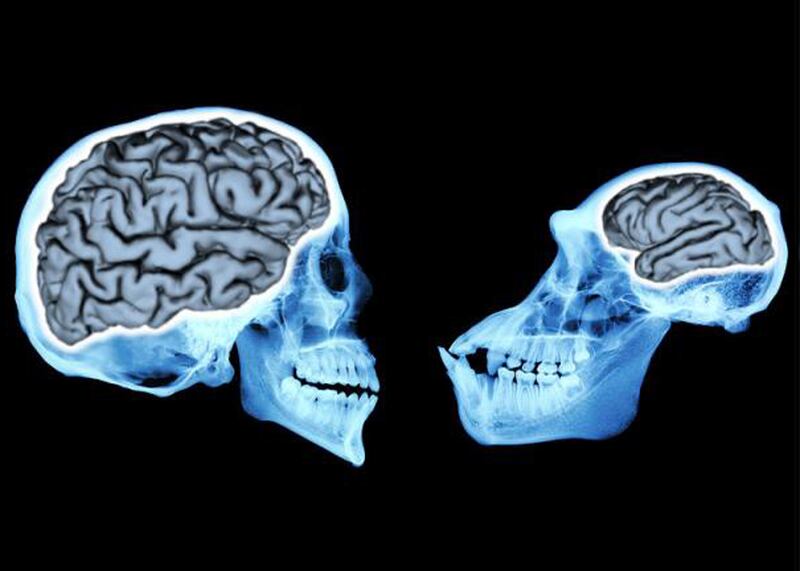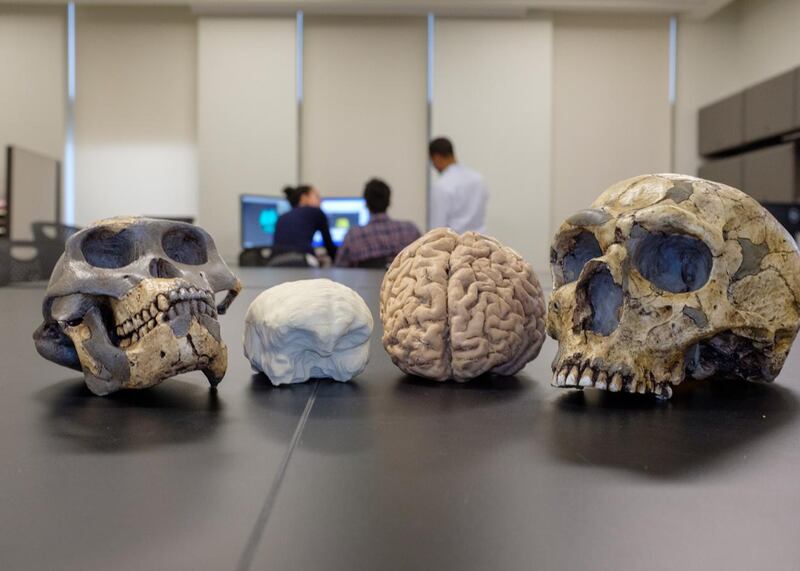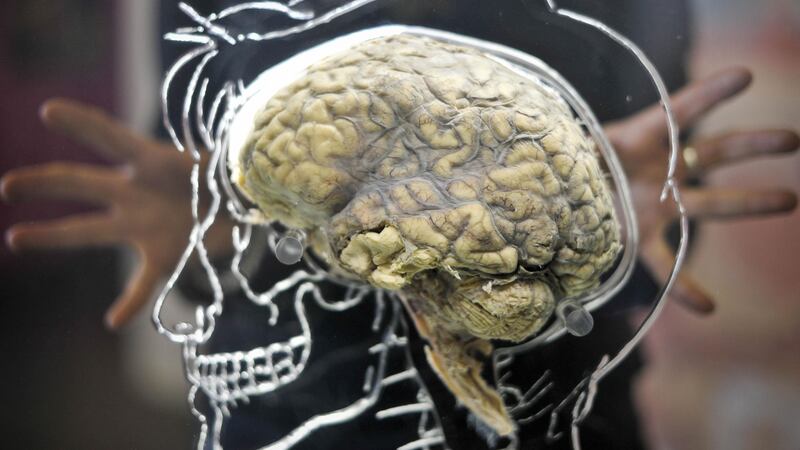The size of the human brain has increased gradually and consistently over the past three million years, scientists say.
Researchers came to the conclusion after analysing 94 fossils from 13 different species believed to be human ancestors.
The modern brain is more than three times the size of chimpanzees and bonobos, who are deemed to be the closest modern human relatives.
The team said the increase in brain size was driven primarily by the evolution of larger brain sizes within individual populations of different species of hominin, a group consisting of modern humans, extinct human species and all immediate human ancestors.

Dr Andrew Du, a postdoctoral scholar at the University of Chicago and lead study author, said: “Brain size is one of the most obvious traits that makes us human.
“It’s related to cultural complexity, language, tool-making and all these other things that make us unique.
“The earliest hominins had brain sizes like chimpanzees, and they have increased dramatically since then. So it’s important to understand how we got here.”
The team compared published research data on the skulls of 94 fossil specimens, beginning with Australopithecus – the earliest human ancestors from 3.2 million years ago – to pre-modern species including Homo erectus from 500,000 years ago, when brain size began to overlap with that of modern-day humans.
The analysis revealed average brain size increased gradually over three million years.

The findings showed the increase in brain size was mainly driven by the evolution of larger brains of individual hominin species within the populations, although extinction of smaller-brained species and introduction of larger-brained species may have played a part.
Bernard Wood, professor of human origins at the George Washington University and senior study author, said: “The conventional wisdom was that our large brains had evolved because of a series of step-like increases, each one making our ancestors smarter.
“Not surprisingly the reality is more complex, with no clear link between brain size and behaviour.”
The research is published in the journal Proceedings of the Royal Society B.








